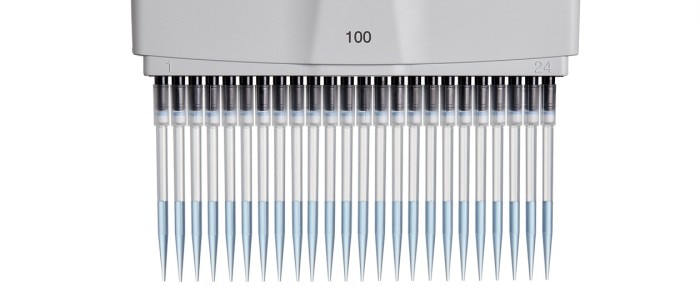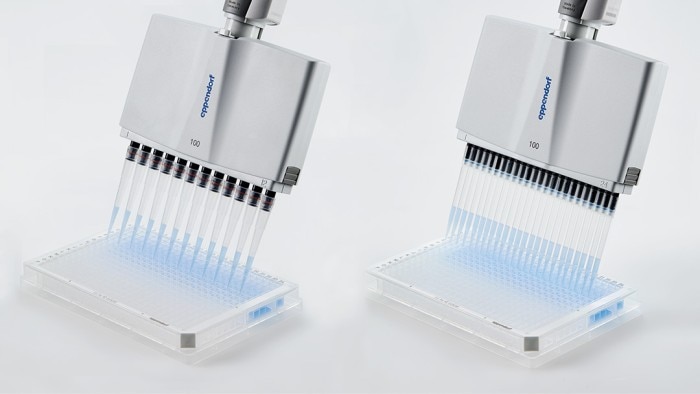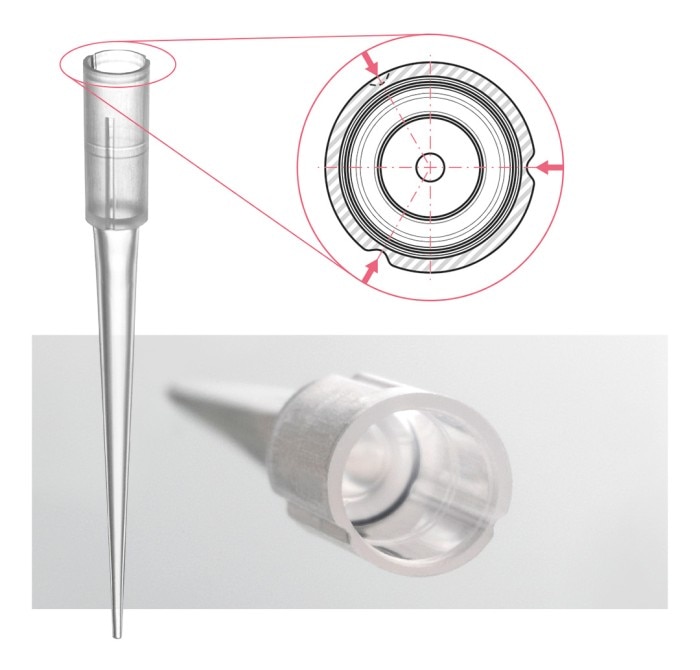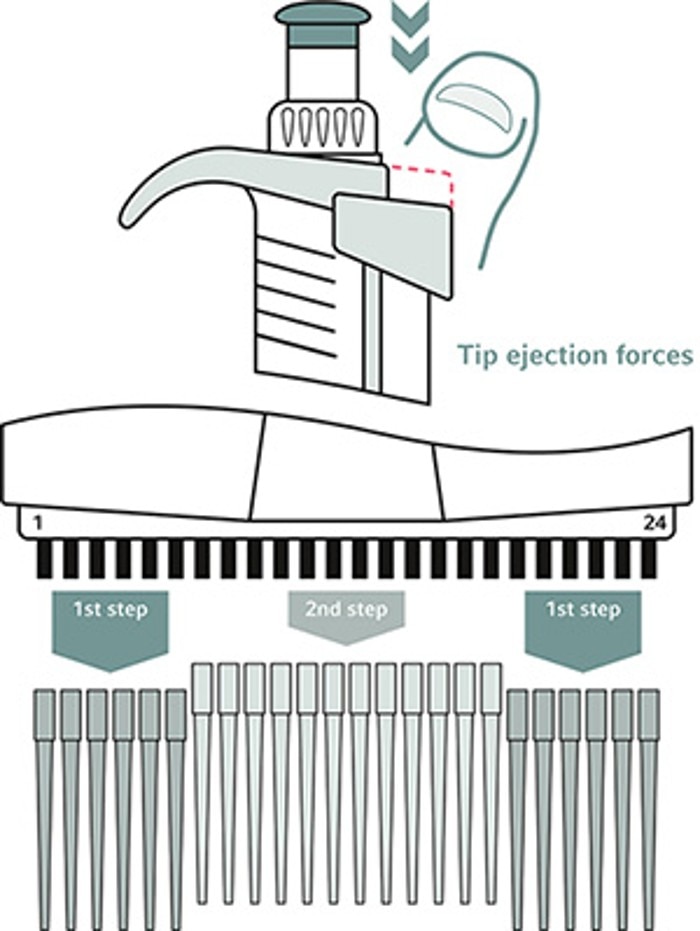MENU
PL | PLN
-
-
-
-
- Forum Labo 2025
- Advanced Therapies Week (ATW) 2025
- SLAS Europe 2025
- Bioprocessing Summit Europe 2025
- Medlab Middle East 2025
- SLAS International 2025
- Biologics World Nordics 2025
- ASIA LABEX: The Lab Show 2025
- BioProcess International Europe 2025
- ISEV 2025
- Future Labs Live 2025
- DataHow Symposium 2025
- Cell 2025
-
-
-
-
- Forum Labo 2025
- Advanced Therapies Week (ATW) 2025
- SLAS Europe 2025
- Bioprocessing Summit Europe 2025
- Medlab Middle East 2025
- SLAS International 2025
- Biologics World Nordics 2025
- ASIA LABEX: The Lab Show 2025
- BioProcess International Europe 2025
- ISEV 2025
- Future Labs Live 2025
- DataHow Symposium 2025
- Cell 2025
PL | PLN
-
- Benchtop Centrifuges
- Floor-Standing Centrifuges
- Refrigerated Centrifuges
- Microcentrifuges
- Multipurpose Centrifuges
- High-Speed Centrifuges
- Ultracentrifuges
- Concentrator
- IVD Products
- High-Speed and Ultracentrifuge Consumables
- Centrifuge Tubes
- Centrifuge Plates
- Device Management Software
- Sample and Information Management
No results found
Search Suggestions

Ergonomic pipetting of a 384-well plate – How to get the gain without the pain
Dr. Stefanie Rösel Lab Academy
- Ergonomics
- Essay
Higher effort, more concentration, more mistakes, irregularly sitting or dropping off tips. Switching from 96 wells to a 384-well plate doesn't feel like a piece of cake. Find out how you can create ergonomic and stress-free working conditions to pipette 384 wells with precise comfort and less mistakes!
Lab Evolution – from reasonable 96 to tiny 384 wells
High-throughput and small sample sizes. Today's lab life is consistently undergoing evolution. And according to the nature of evolution, it unceasingly presents us with new challenges. Where 25 years ago it was state of the art to work in the 96-well format, many laboratories are now switching to 384-well plates. This decision is not always an easy one, though the advantages are obvious. As wells getting smaller and more numerous, superior concentration and patience is mandatory to ensure precise and safe work with reproducible results. Handling and performance of pipetting equipment can then quickly become a time-consuming and cumbersome feat of strength.
Cumbersome pain, no easy gain
“Alternate well pipetting” with 8 or 12-channel pipettes is a common method for loading the 384 tiny wells. Since only every second well can be equipped at the same time, this method is error-prone and tedious. This dilemma is usually topped with tips which are not aligned in a row or even fall off. The only chance to get tips appropriately attached, is “rocking & banging”. Frequently done, this is far away from ergonomic work. Getting rid of them is similarly laborious. Have you ever had to use both hands for ejection? The matters are easy to understand: More pipette cones, more attachment and more ejection forces.
How to ease your life and enjoy peace of mind
Creating ergonomic and comfortable working conditions will help you to reduce operating forces, keep the focus and do less mistakes:
- Use 16 and 24-channel instead of 8 and 12-channel pipettes
Make your life easier and avoid “alternate well pipetting” with 16 and 24-channel pipettes. By using 24-channel pipettes you can fill a 384-well plate within a minute. 24-channel electronic pipettes with dispensing mode can give you extra convenience. ( )
Read more
Read less
- Use 16- or 24-channel pipettes

- Tip fit
Use tips with features that ensure a perfect tip-to-cone fit. For example, elastic forming groves allow the tips to stretch as much as necessary to enable a perfect seal. Tips become easily attachable and ejectable, fit reliably and your operating forces are reduced.

- No more “rocking & banging”

- Successive tip ejection

- Optimized tips for 384-well plates
Optimized tips for 384-well plates will increase tip fit and tightness and will facilitate a straightforward and safe plate loading. Tips and cones should build a perfect system. Look for tips that are precisely adapted to the shape of the cones. Perfectly aligned (coaxial) and fine shaped tips will simplify to hit the tiny wells and ensure safe plate maneuverings and liquid transfer. Work with tip suppliers who guarantee minimum production tolerances and a constant quality.
Don't let your equipment limit you to perform ergonomic and comfortable quality work!
Read more
Read less
Videos not loading, because cookies have been rejected. Change your

Eppendorf solutions
Read more
Read less
Newsletter
Read more
Read less
